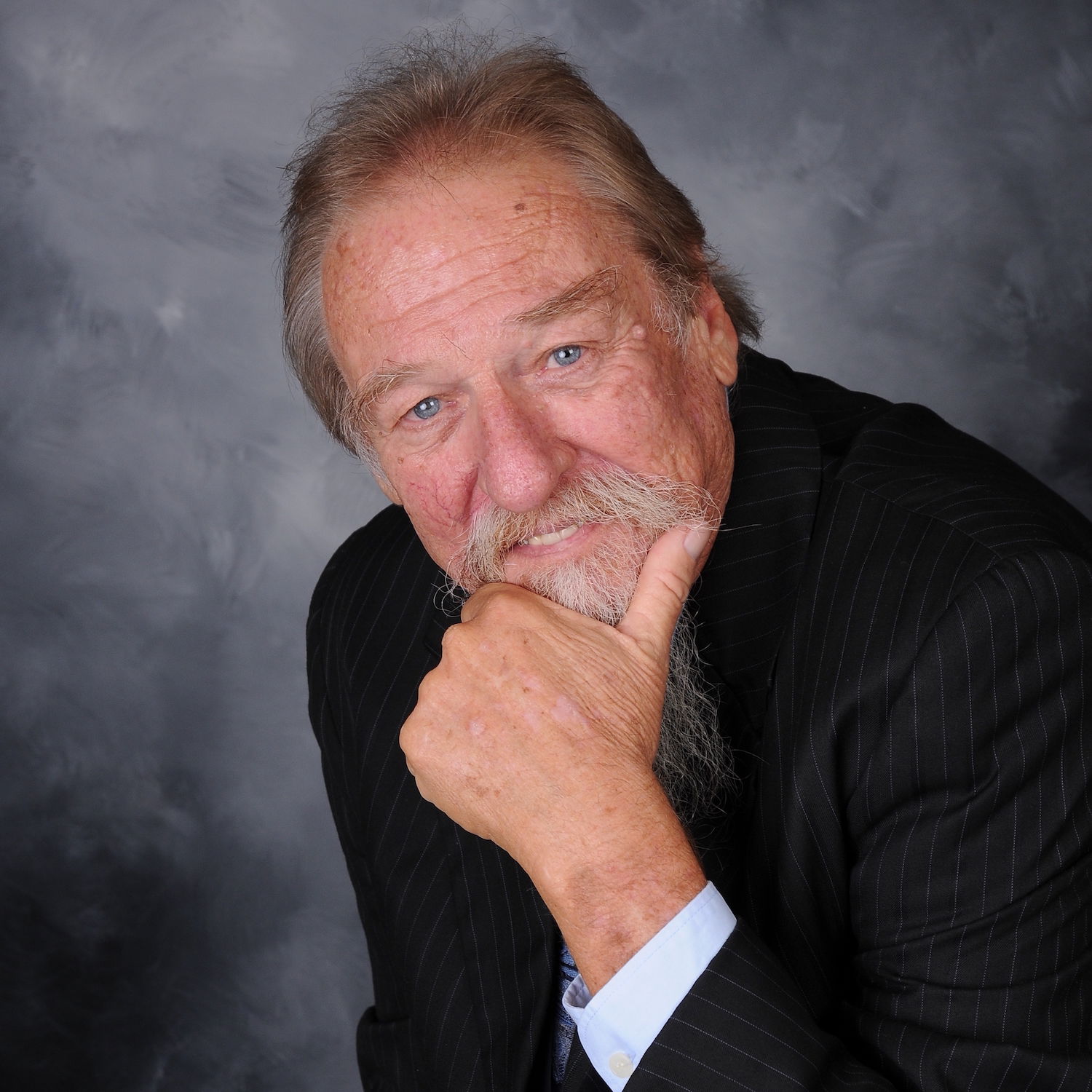
Don A. Farrell
The following is the text of the author’s welcoming remarks delivered Friday morning, July 26, 2024, at the American Cemetery, part of the Tinian, North Field, National Historic Landmark.
GOOD morning, ladies and gentlemen.
First, let me congratulate Mayor Edwin Aldan, his hardworking field team, and the all-volunteer team — led by elements of Tinian High School JROTC Stallion Battalion — for preparing this site for today’s historic event. Congratulations, Mayor Aldan.
It is also my honor to welcome our visiting dignitaries, beginning with our keynote speaker, Lt. Gov. David Apatang, who is also the first CNMI veteran, serving in the United States Army from 1967 to 1987. A Vietnam War veteran, Apatang was also a recruiter on Saipan, enlisting many NMI Chamorros into the military.
I am also honored to introduce our special speaker, Maj. Gen. Mark Hashimoto, retired. Mr. Hashimoto remains executive director of Marine Forces, Pacific or MARFORPAC.
Let’s also welcome our visiting dignitaries, beginning with Rear Adm. Brent De Vore, commanding officer, Joint Region Marianas; Rear Adm. Gregory C. Huffman, commanding officer, Joint Task Force, Micronesia; and Col. Ernest Govea, commanding officer, Marine Corps Base Camp Blaz, Guam.
Eighty years ago, Wednesday, the 4th Marine Division landed side-by-side with elements of the 121st Naval Construction Battalion — the Seabees — at Unai Babui (White Beach 1) and Unai Chulu (White Beach 2) just north of here, while the 2nd Marine Division conducted a fake landing in front of what was then called Songsong, or Tinian Town.
Although the fake landing was successful, deceiving the Japanese and allowing the Marines to land almost unimpeded, fifteen brave Sailors were killed by accurate Japanese shore-gun fire. They were later buried here.
Compared to the Bloody battle for Saipan, only 125 Marines or Seabees were killed at the beachhead on invasion day Tinian. That is why it is referred to as the “Perfect Amphibious Operation.” They were later buried here.
Hagoi airfield was captured the next day. The 121st Seabees immediately cleared the Japanese airfield, sufficiently for cargo planes from Saipan to deliver needed medical supplies, water, rations, and ammunition, then fly back to Saipan with the seriously wounded for medical treatment.
The next morning, 2nd Marine Division moved through Hagoi Field to the east coast and turned south. The 4th Division continued to move south alone the east coast. The Battle for Tinian climaxed atop Kastiyu plateau, where the Marines faced a determined Japanese “last stand.” Tinian was declared secure on August 1, 1944. Those who died in the process, were buried here.
The Seabees worked 24-7, seven day a week, to extend the Japanese runway to 8,500 feet to accommodate B-29 Superfortresses. The first of them, Purple Shaft, landed on what was then called Strip Number 1 on December 1, 1944, as scheduled. Shortly, there were 200 B-29s on North Field.
Other Seabees built West Field, and another 200 B-29s landed. Tinian became the largest operational airbase in the world.
As you know, not all of them made successful take-offs, largely due to mechanical failures. Many crashed on landing, having lost an engine or two, or their landing gear shot off. They, too, were buried here, alongside Marines and Seabees.
After the “36 days of hell” on Iwo Jima, many of the wounded were brought to Tinian, to be treated at the 374 Army Air Force Hospital atop Mt. Lasso. Those who passed, were buried here.
After the extended misery of the Battle for Okinawa, many of the wounded from there were brought to Tinian for treatment at the same hospital. Those who didn’t make it, were buried here.
In 1947, all 627 bodies were exhumed and returned to America. Most went to their next of kin for reburial in their hometown cemetery. Those not claimed were buried at the Punchbowl National Cemetery at Honolulu on Oahu, State of Hawaii.
Now, thanks to Mayor Aldan, as people from around the world visit Tinian to drive down Historic Runway Able and stand by the atomic bomb pits to reflect on the past, they will also stop at this historic, and heroic, American Cemetery Memorial Park and understand that the people of Tinian will never forget the 627 who made the ultimate sacrifice so that we could live in peace for the last 80 years, and, hopefully, for another 80 to come.
Thank you all very much.
Don A. Farrell is an educator, historian and author of several books about the Northern Marianas, Guam and World War II.











